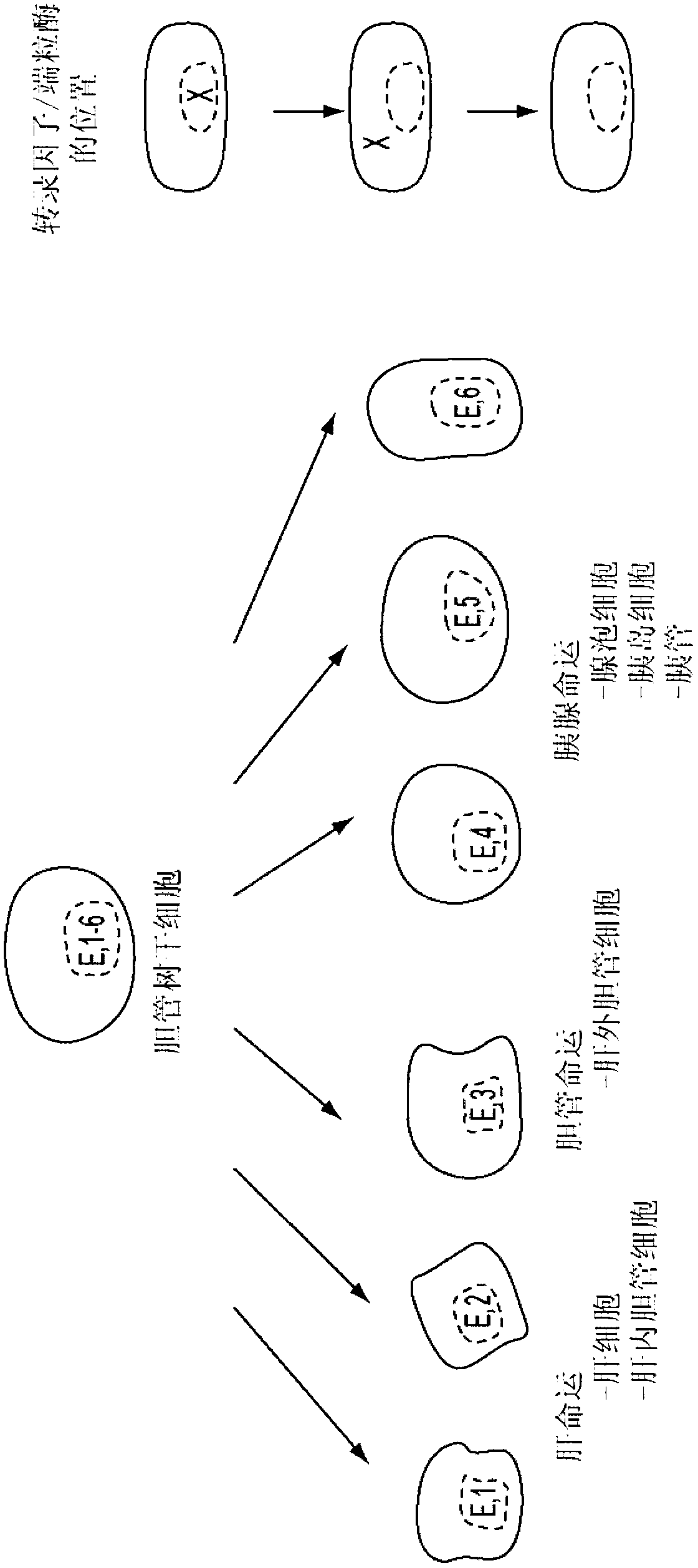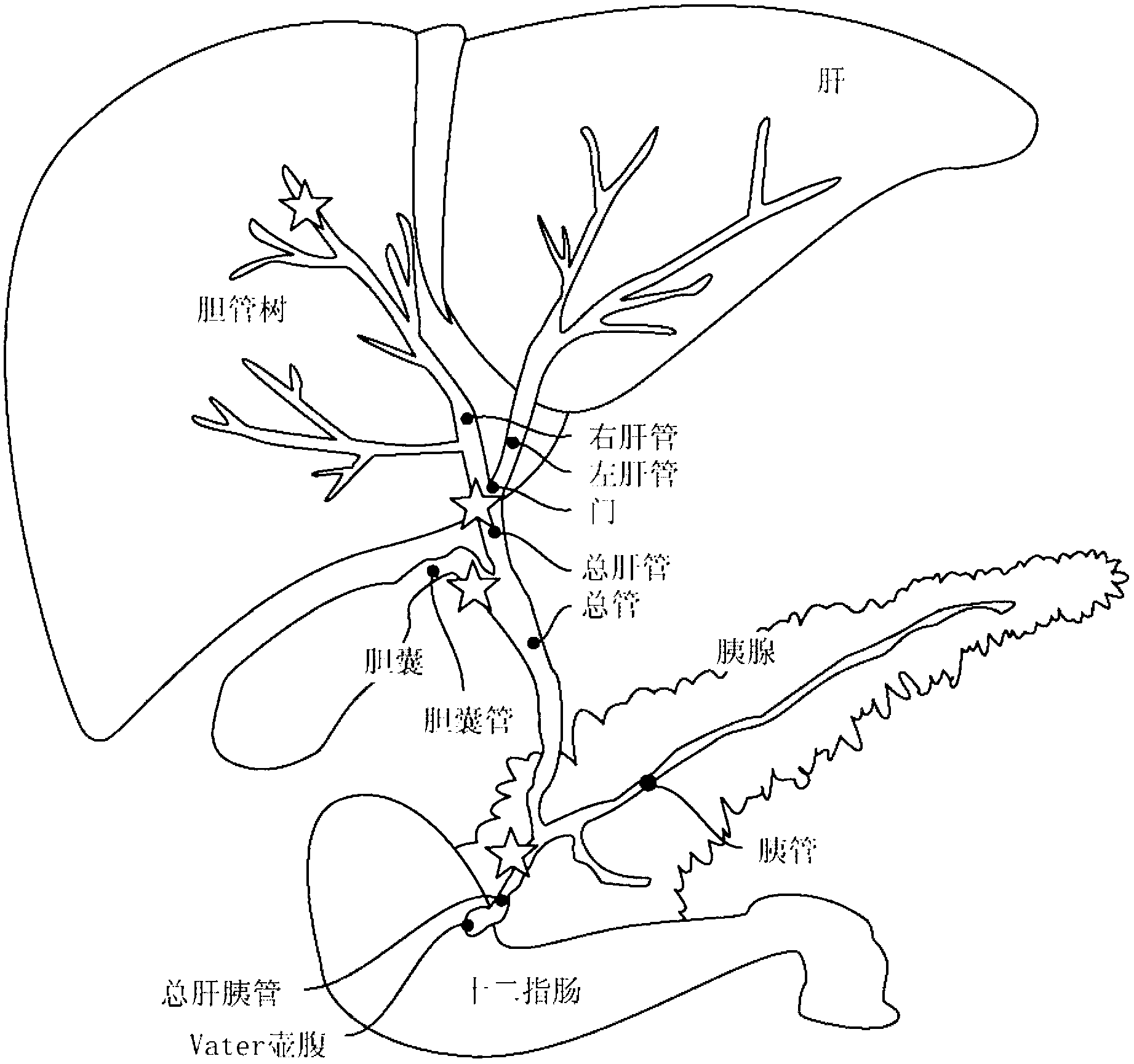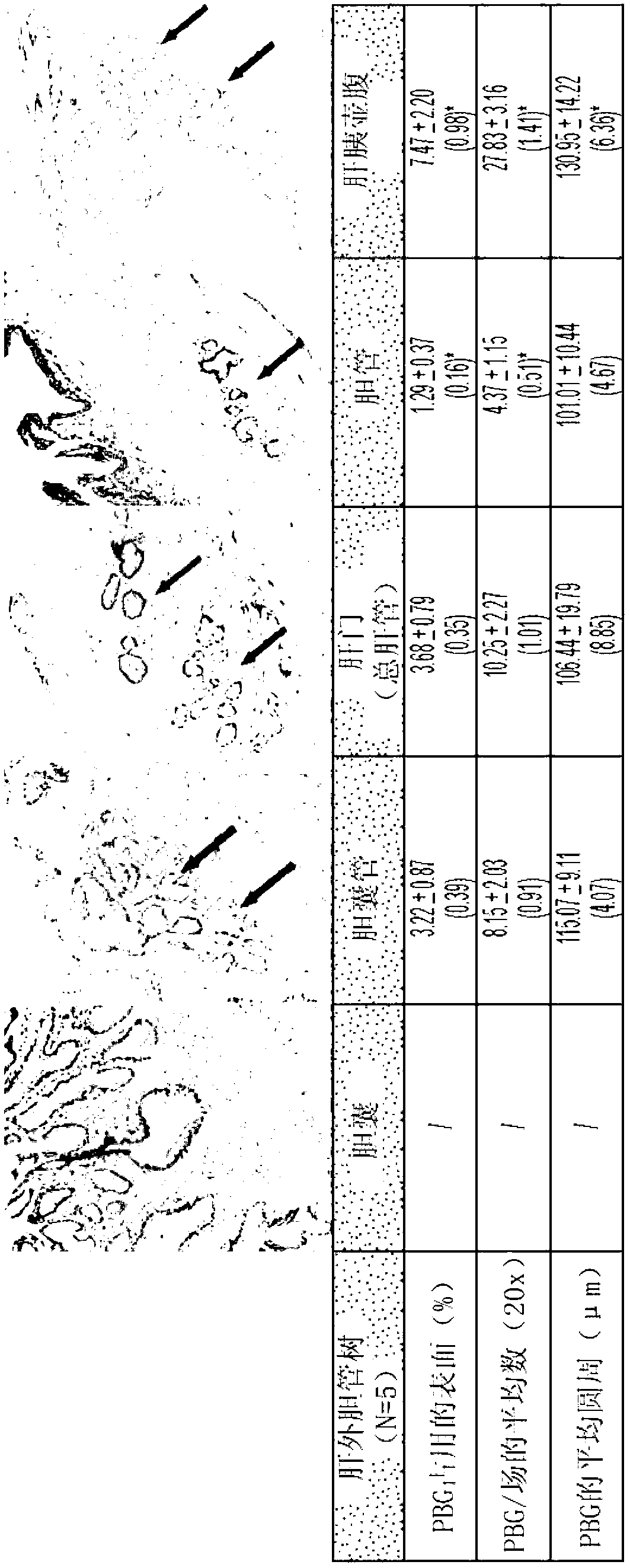Multipotent stem cells from the extrahepatic billary tree and methods of isolating same
A multipotent cell, bile duct tree technology, applied in the field of multipotent progenitor cells, which can solve problems such as side effects, donor availability limitations, large morbidity/mortality, etc.
- Summary
- Abstract
- Description
- Claims
- Application Information
AI Technical Summary
Problems solved by technology
Method used
Image
Examples
Embodiment Construction
[0048] The present invention arose from the previously unexpected discovery of multipotent stem or progenitor cells, and cell populations including such multipotent stem or progenitor cells, which are found within the biliary tree and have the potential to differentiate into multiple endodermal lineages including liver, pancreas and biliary The ability of the tree lineage ( figure 1 ). For the sake of clarity in this application, the term "biliary tree stem cells" will be used herein to refer to innovative mammalian multipotent stem or progenitor cells, cell populations including the aforementioned innovative cells, and cell populations enriched for the aforementioned innovative cells.
[0049] New multipotent biliary tree stem cells can be isolated from any part of the biliary tree tissue, but high numbers of multipotent biliary tree stem cells are found especially in peribiliary glands and at branch points of the biliary tree, where figure 2 is indicated by an asterisk on ...
PUM
 Login to View More
Login to View More Abstract
Description
Claims
Application Information
 Login to View More
Login to View More - R&D
- Intellectual Property
- Life Sciences
- Materials
- Tech Scout
- Unparalleled Data Quality
- Higher Quality Content
- 60% Fewer Hallucinations
Browse by: Latest US Patents, China's latest patents, Technical Efficacy Thesaurus, Application Domain, Technology Topic, Popular Technical Reports.
© 2025 PatSnap. All rights reserved.Legal|Privacy policy|Modern Slavery Act Transparency Statement|Sitemap|About US| Contact US: help@patsnap.com



